Nishant Nikhil
Convolutional Neural Networkfor Trajectory Prediction
Sep 03, 2018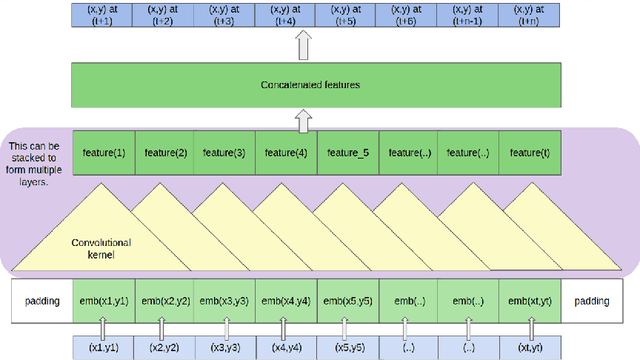
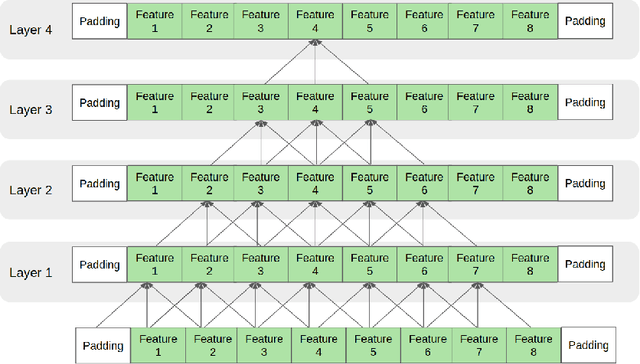

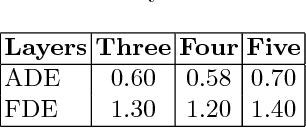
Abstract:Predicting trajectories of pedestrians is quintessential for autonomous robots which share the same environment with humans. In order to effectively and safely interact with humans, trajectory prediction needs to be both precise and computationally efficient. In this work, we propose a convolutional neural network (CNN) based human trajectory prediction approach. Unlike more recent LSTM-based moles which attend sequentially to each frame, our model supports increased parallelism and effective temporal representation. The proposed compact CNN model is faster than the current approaches yet still yields competitive results.
Neural DrugNet
Aug 31, 2018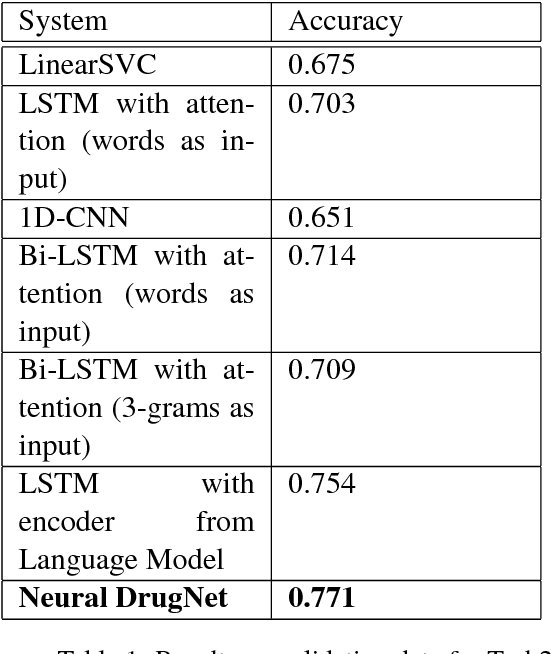
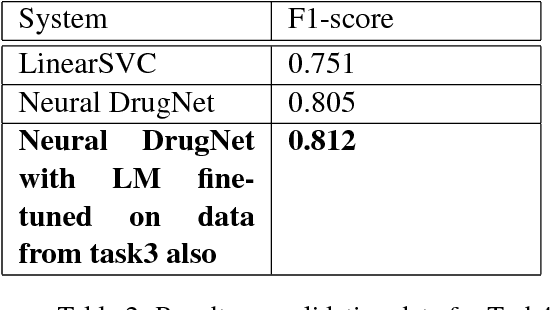
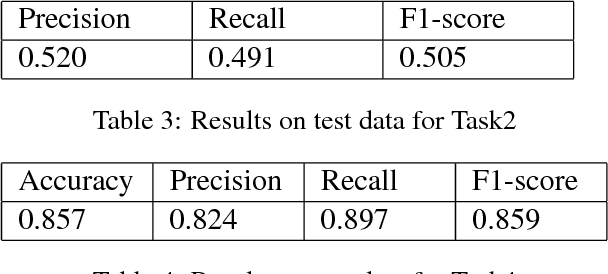
Abstract:In this paper, we describe the system submitted for the shared task on Social Media Mining for Health Applications by the team Light. Previous works demonstrate that LSTMs have achieved remarkable performance in natural language processing tasks. We deploy an ensemble of two LSTM models. The first one is a pretrained language model appended with a classifier and takes words as input, while the second one is a LSTM model with an attention unit over it which takes character tri-gram as input. We call the ensemble of these two models: Neural-DrugNet. Our system ranks 2nd in the second shared task: Automatic classification of posts describing medication intake.
LSTMs with Attention for Aggression Detection
Jul 16, 2018
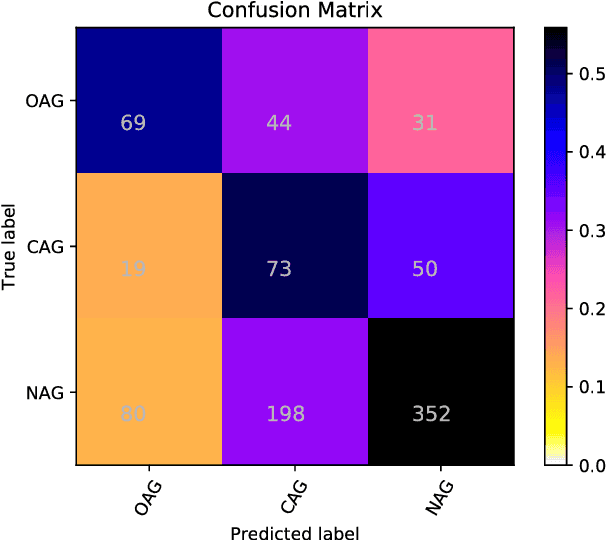
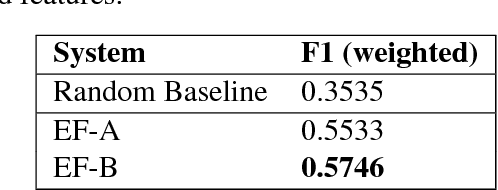
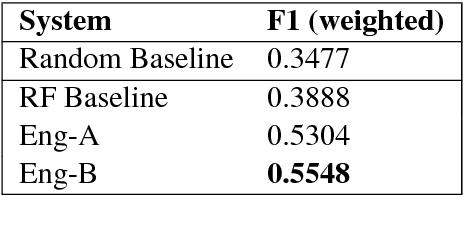
Abstract:In this paper, we describe the system submitted for the shared task on Aggression Identification in Facebook posts and comments by the team Nishnik. Previous works demonstrate that LSTMs have achieved remarkable performance in natural language processing tasks. We deploy an LSTM model with an attention unit over it. Our system ranks 6th and 4th in the Hindi subtask for Facebook comments and subtask for generalized social media data respectively. And it ranks 17th and 10th in the corresponding English subtasks.
Binarizer at SemEval-2018 Task 3: Parsing dependency and deep learning for irony detection
May 03, 2018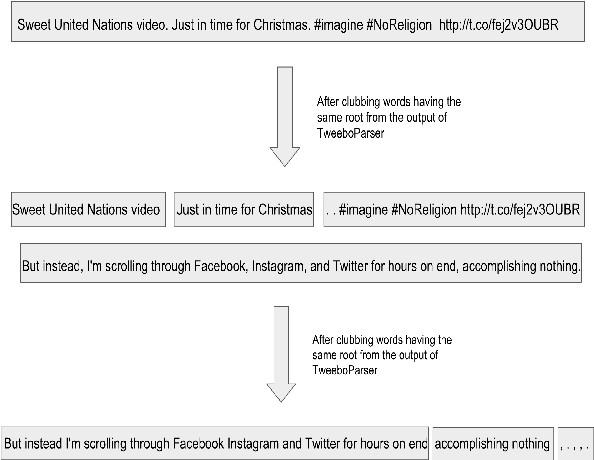
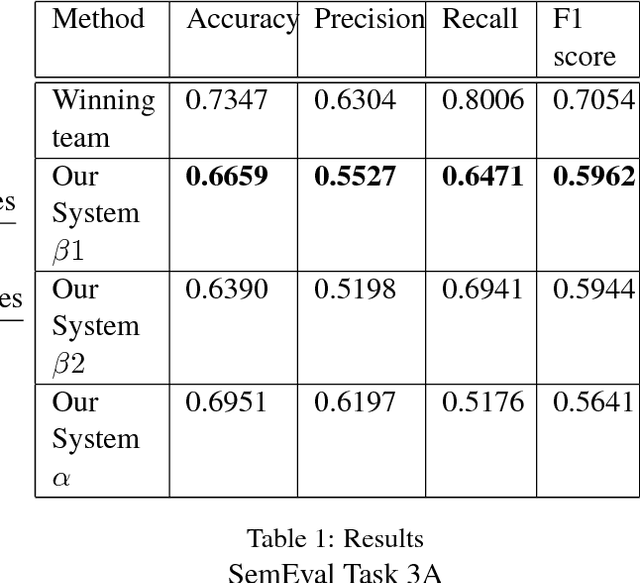
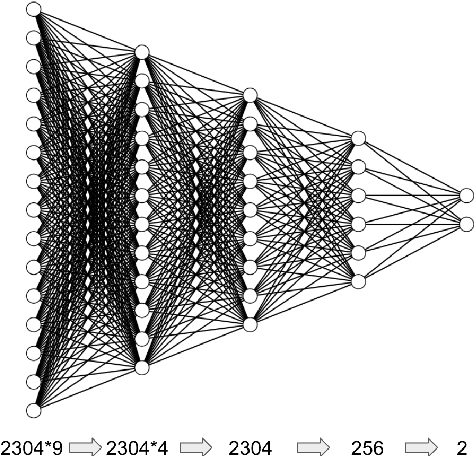
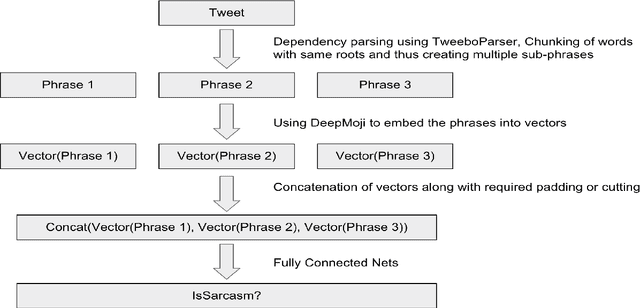
Abstract:In this paper, we describe the system submitted for the SemEval 2018 Task 3 (Irony detection in English tweets) Subtask A by the team Binarizer. Irony detection is a key task for many natural language processing works. Our method treats ironical tweets to consist of smaller parts containing different emotions. We break down tweets into separate phrases using a dependency parser. We then embed those phrases using an LSTM-based neural network model which is pre-trained to predict emoticons for tweets. Finally, we train a fully-connected network to achieve classification.
Content Based Document Recommender using Deep Learning
Oct 23, 2017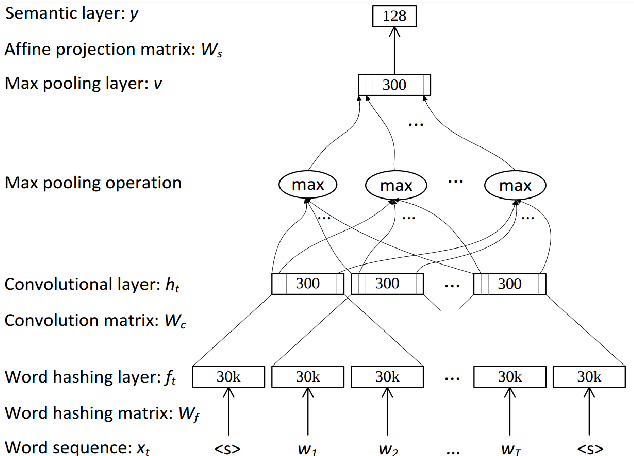
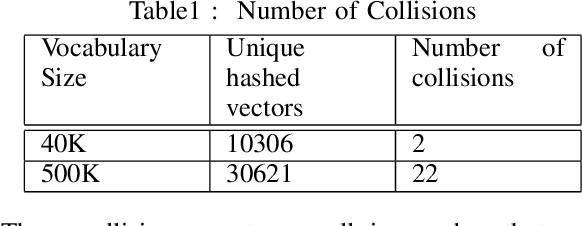
Abstract:With the recent advancements in information technology there has been a huge surge in amount of data available. But information retrieval technology has not been able to keep up with this pace of information generation resulting in over spending of time for retrieving relevant information. Even though systems exist for assisting users to search a database along with filtering and recommending relevant information, but recommendation system which uses content of documents for recommendation still have a long way to mature. Here we present a Deep Learning based supervised approach to recommend similar documents based on the similarity of content. We combine the C-DSSM model with Word2Vec distributed representations of words to create a novel model to classify a document pair as relevant/irrelavant by assigning a score to it. Using our model retrieval of documents can be done in O(1) time and the memory complexity is O(n), where n is number of documents.
A Fuzzy Logic System to Analyze a Student's Lifestyle
Nov 08, 2016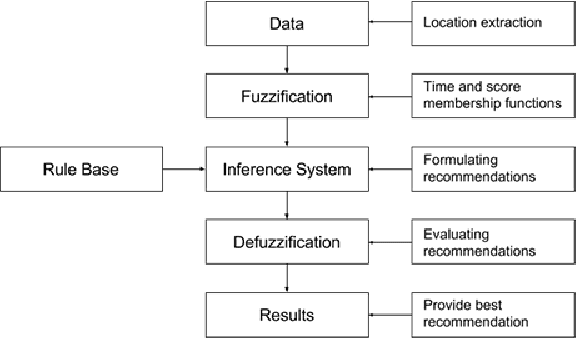



Abstract:A college student's life can be primarily categorized into domains such as education, health, social and other activities which may include daily chores and travelling time. Time management is crucial for every student. A self realisation of one's daily time expenditure in various domains is therefore essential to maximize one's effective output. This paper presents how a mobile application using Fuzzy Logic and Global Positioning System (GPS) analyzes a student's lifestyle and provides recommendations and suggestions based on the results.
 Add to Chrome
Add to Chrome Add to Firefox
Add to Firefox Add to Edge
Add to Edge